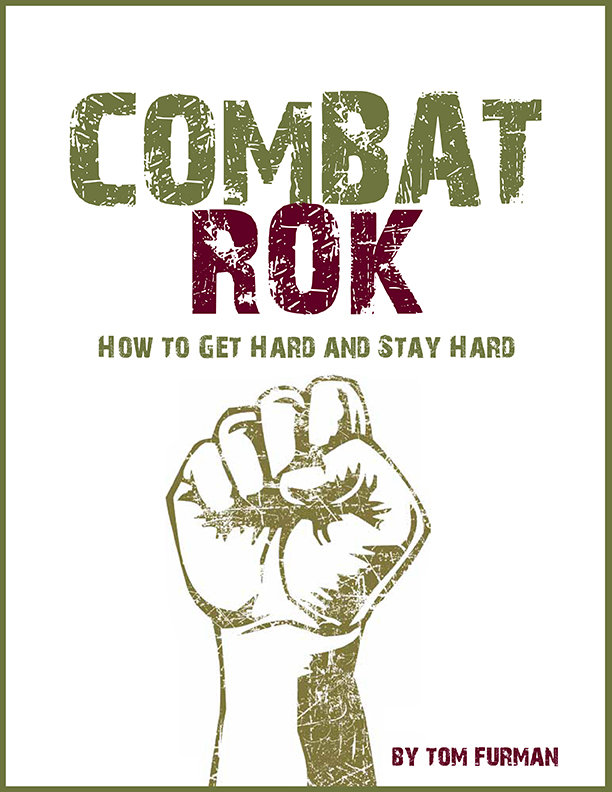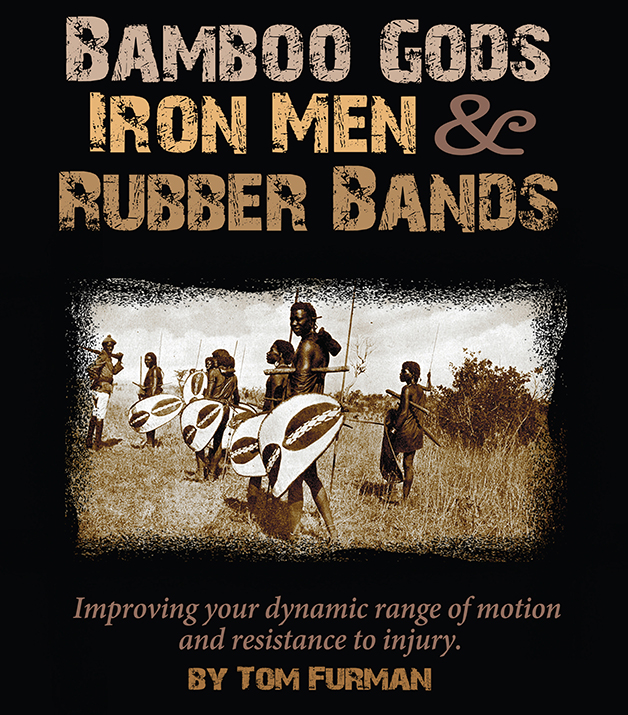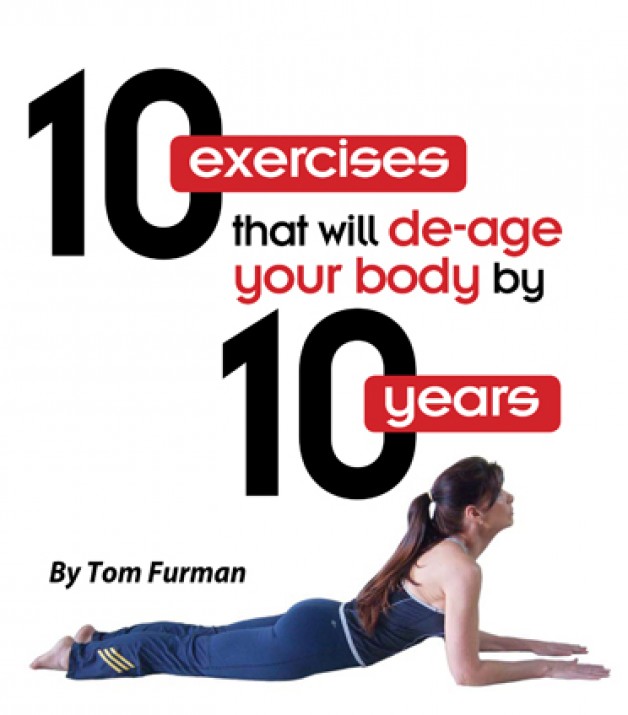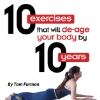“Two seemingly different ideas that might just be perfect together”
There are not a lot of new foodstuffs being created on this planet, yet their are thousands of recipes. Food Network, cooking shows, etc. By adding different presentations you essentially re-discover the same old food, but presented in different ways.
It’s the same with exercise. It’s all been done. We can dust off old standards or use variations of them. When you add magazines and social media,.. most of it has been done.
Let’s take the idea of Supersets. Very popular in bodybuilding and in body weight training. You can train two opposing or even distant body parts by alternating them in your routine. We all know how this goes. Bicep-Tricep, Chest-Upperback, Quadriceps-Hamstrings and so on for opposing muscle groups. This is more localized stress. You can train more systemically by focusing on movements. Box Jumps/Pullups, Sprints/Pushups, Deadlifts/Hanging Leg Raises. Of course not all combinations will be suitable to all athletes and their needs. These are merely possibilities. Perhaps the most exhaustive article on the subject is by Iron Online legend, Dave Draper. Here is the link.
Then mix in another ingredient. Ladders. Rather than me defining them, lets use the words of some others.
“We would file out to the pull-up bars and perform what we called ladders. I do a pull-up, you do one. I do two, you match me, etc. until one of us cannot keep up. Then, if we still had time, we started over. One rep, 2 reps, 3,4,5,6,7,8,9,10… 1,2,3,4,5,6,7,… 1,2,3,4,5. We totaled hundreds of pull-ups almost daily without burning out, and the extreme PT tests of our service were a breeze.” — Pavel Tsatsouline
The next source of “Ladder” intel is Steve “Shaf” Shafley. Here is a link to his blog with one of the best articles on this method ever written.
Shaf touches on the idea of using breathes as rest or pacing tools. One of the simplest and best articles on “Breathing Ladders” is by Rob Lawrence. You can read this concise article at this link. http://www.dragondoor.com/articles/breathing-ladders/
So given the above we have 3 ingredients.
1. Supersets
2. Ladders
3. Breathing/Timed Intervals
So let’s mix them together and see what we come up with. Some general rules will apply.
1. This may be better suited to home training than a crowded gym.
2. You can keep the reps low and volume can still be high.
3. Working opposing movements can benefit balancing the body and sore joints.
4. The math is simple. The weight and total reps are easy to track.
So how do you apply it?
Let’s start with standing EZ curls and triceps extensions. Do one curl, one extension, then one long deep breath. Two curls, two extension and two deep breaths. Work your way up to five reps of curls, five reps of triceps extensions and five deep breaths.
Then start again at one rep. Your sets can look like this 12345, 12345, 12345, 1234, 1234, 123, 123, 12, quit. That’s a lot of volume, but your exercises never went over five reps, you worked two bodyparts or movements and you are managing your breathing under duress. You can do the same with a Tri-Set like Dave Draper’s famous, “Dip-Chin-Rope Tuck” combination.
How would a powerlifter apply this? Eddie “GreenGhost” Kowacz will alternate deadlifts with standing abdominal drills using the Jump Stretch bands. Jim Wendler recommends doing chins between sets of overhead and bench presses.
How about GS athlete who competes in the strength endurance sport of kettlebell lifting?
This would work well for Long Cycle, which is the clean and jerk for 10 minutes. Simple do one clean with the bells, one jerk, then put them down and take one long breath. Repeat. Two consecutive cleans, two consecutive jerks, dump the bells and take two long breaths. You don’t have to do more than five or eight reps, then start over at one rep. This allows you to “play” with higher weight bells as part of the training process.
As per body weight drills, this can fit into almost any format of body weight training. It can be a nice change of pace, focus on work capacity and possibly stimulate a greater systemic effect than doing one drill at a time.
If the drills involve heavier weights, or tougher exercises, you can double the breaths as a variable.
The exercise combinations are limitless and only confined by your imagination. You are working with-
1. The number of exercises
2. The number of reps
3. The number of rungs of the ladder
4. The rest intervals
5. The resistance
So give this a try as another recipe in your collection.











